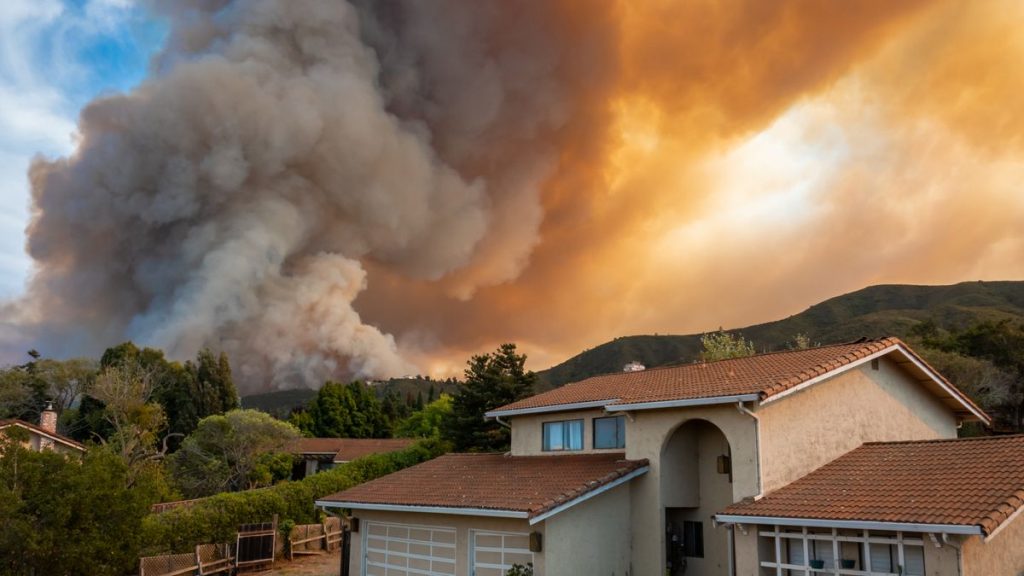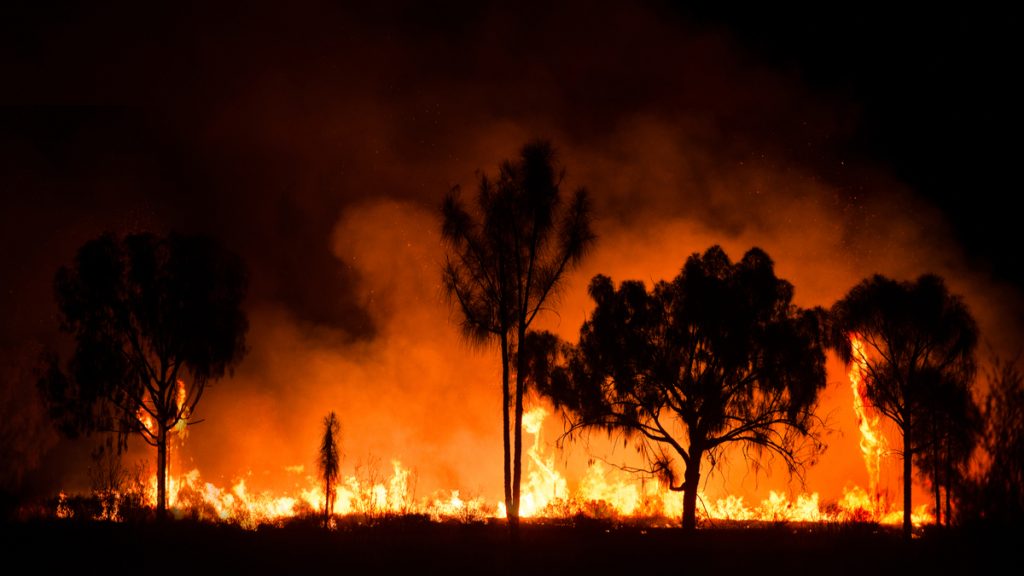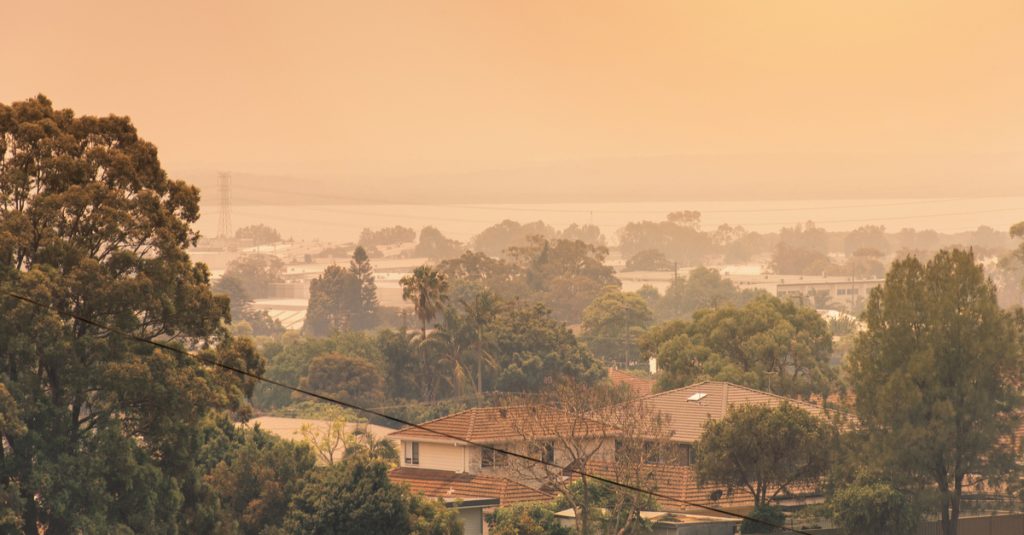
The number and extent of forest fires in areas such as Amazonia, California, Australia and even Siberia are on the rise, and the smoke they produce is believed to be a vector for the transmission of infectious agents to Man, according to this new research.
A risk long neglected
As part of the work presented in the journal Science, a team of American researchers found that hundreds of bacteria and fungi transformed into bioaerosols during the combustion of materials such as wood, earth or organic residues and could then travel in the smoke plumes of forest fires. According to the researchers, this is one of the first studies to look into the risk these infectious agents pose to human health.
” While the pulmonary and cardiovascular consequences of exposure to smoke are well known, the potential of forest fire smoke as a source of infection has long been overlooked. “, Underline the authors of the study. And it turns out that the areas ravaged by the flames aren’t the only ones affected. Depending on the size of the fires, infectious agents can also be drawn into the convection columns from outside the combustion zone.
Even in the case of high-intensity fires, scientists found bacteria in abundance 300 meters above the flames, more than 60% of which were found to be viable. According to the team, the particles on which these move would protect them from deadly ultraviolet rays. ” We have found a number of microbes known to cause respiratory illnesses, including asthma », Explains the Dr. Kobziar, co-author of the study.

Previously, it had also been shown that coccidioidomycosis, fungi that spread through the air when soils are disturbed and cause valley fever. Rift, a potentially serious infection, could be carried by forest fires.
Infectious agents capable of traveling hundreds of kilometers
“ Once aerosolized, microbes, spores or fungal conidia of aerodynamic diameter [inférieures à 5 micromètres] can travel hundreds of kilometers depending on fire behavior and atmospheric conditions, before settling or being inhaled “, Continue the researchers. ” Smoke emissions from high-intensity forest fires travel across continents, increasing particle concentrations in remote locations, and this phenomenon will worsen with the lengthening and intensification of forest fire seasons around the world.. “
The impact of climate change on forest fires is expected to result in a total increase in greenhouse gas emissions of 19 to 101% in just California until 2100. This is why, according to the study’s authors, it is essential that scientists and public health organizations broaden their perspectives to include the potential health risk posed by infectious agents traveling in smoke on airways. human populations.

1,690 megatonnes of carbon released in 2020
According to separate studies, forest fires in the western part of the United States and in theArctic have reached a ” unprecedented intensity In 2020. This year, the hot spots were the Siberia, the Colorado, the California, theAustralia and parts of Caribbean and the region of Pantanal in the south of Brazil. Satellite monitoring of the program Copernicus found that about 1,690 megatonnes of carbon were released into the atmosphere from fires between January 1 and December 7, and it was also found that the smoke plumes from the fires in North America had reached parts of theEurope.
However, this figure is lower than that of 2019, when 1,870 megatonnes of carbon were released into the atmosphere by forest fires. This could be explained in part by a very low number of forest fires in Africa this year.

